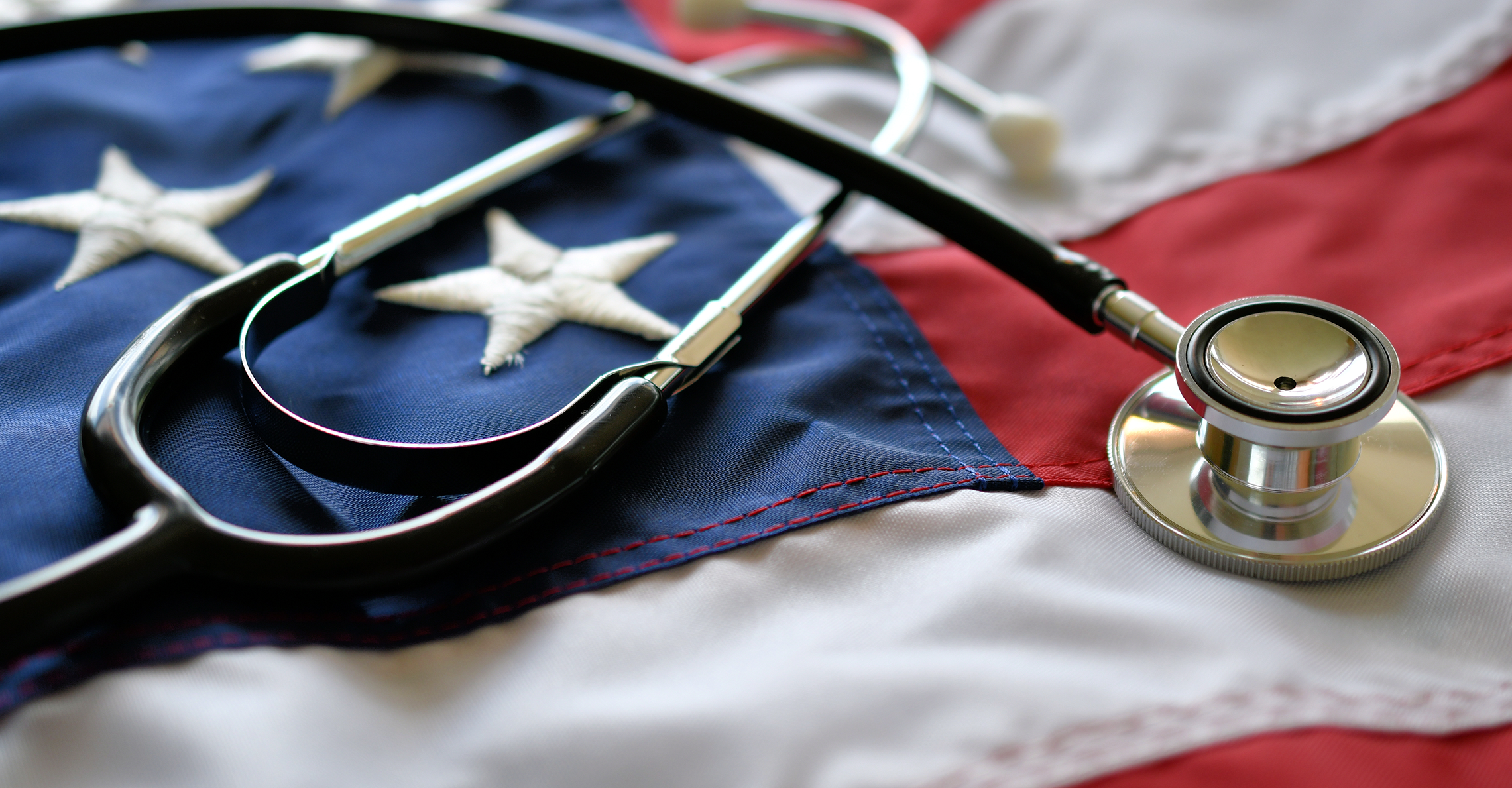Before The First Day:
Once a clinician is selected, there are multiple items needed to have them privileged, enrolled with the payors, and prepared for their first day. Typically, onboarding requires many steps prior to a clinician’s start date. Creating a formalized process and clearly explaining the expectations to a clinician can make a significant difference in their experience and participation. With 85% of surveyed clinicians stating detailed instructions and timely credentialing allowed for a smooth start and helped them feel at ease, ensuring a detailed process is key. Steps that can be taken prior to the first day include:
- Communicating the clinician's start date to the existing staff.
- Ordering essentials such as business cards, white coats, RX pads and laptops and having them ready for their arrival.
- Setting up their workspace.
- Addressing parking and dress guidelines.
- Arranging travel details for locum tenens providers.
- Finalizing privileging, provider enrollment and contract negotiation process ahead of their arrival.
On the First Day:
Clinicians are faced with retaining so much information on the first day of orientation. Because of this, a majority come with high expectations of organization. Over 75% of clinicians expect a comprehensive overview of job and productivity expectations, an introduction to the facility’s systems and technology, and a review of the facility’s protocols. To meet these expectations, ensure an orientation includes extensive details and information:
- Sharing the contact information of key personnel.
- EMR/IT training.
- A review of facility workflows and policies.
- The introduction and setup of a "clinical buddy" for ongoing support and questions.
- Allowing breaks.
- Hands-on training and retention checks.
Beyond the First Day:
During their first week, clinicians highly value introductions to team members and a clear understanding of their roles. While there are no particular strong needs beyond the first week, younger clinicians showed a preference for ongoing support. With a higher focus on social interactions and introductions, it is important to:
- Ensure the introduction to all onsite clinicians to comfort and help the clinician best adjust to their new environment.
- Arrange social events to encourage connections.
- Schedule an end-of-week check-in can help create ease and comfort.
- Gradually increasing patient volume throughout the week to allow adjustment to facility operations.
- Include dedicated time to learn about the facilities and processes.
- Discuss future growth and engagement opportunities.
Creating a formal onboarding process allows for providers to truly focus on patient care. To gain more insights on how to establish an efficient onboarding process, reach out to one of our specialized account representatives today.





